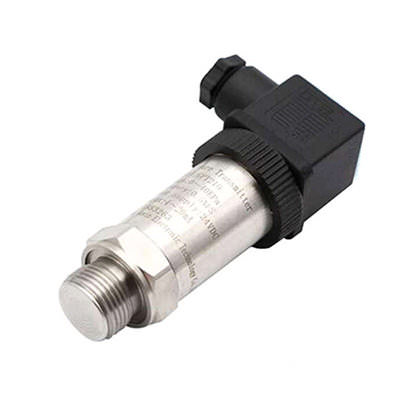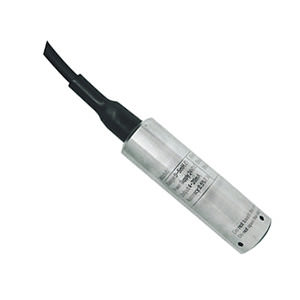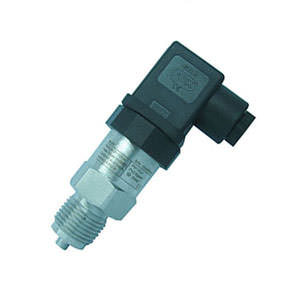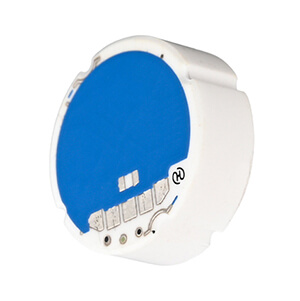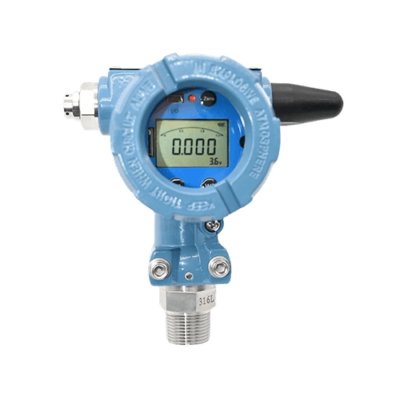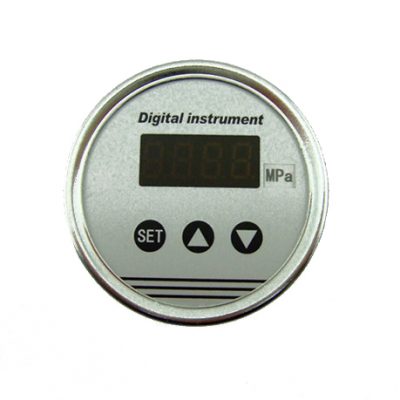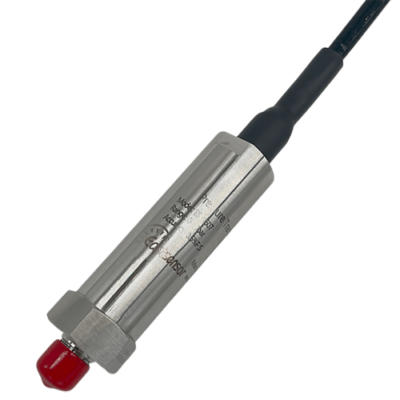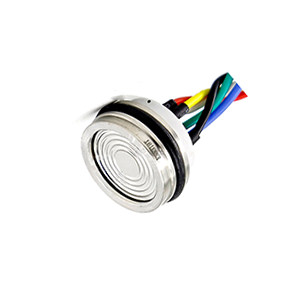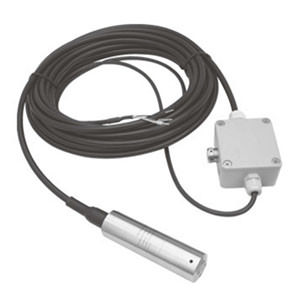Flush Diaphragm Pressure Transmitters
EST330F Flush Diaphragm Pressure Transmitters, with hygienic , no crevices or dead spaces design, minimizes the risk of product contamination or bacterial growth, making them ideal for environments that require strict hygiene standards,
The diaphragm in these transmitters is designed to be flush with the process connection surface, eliminating any protrusions or cavities that could trap or accumulate the process media. This smooth, seamless surface allows the viscous fluids or slurries to flow over the diaphragm without any obstructions, minimizing the risk of clogging or buildup.
EST330F Flush Diaphragm Pressure Transmitters are designed to be installed in a series of hazardous situation and is ideal for use in food, drinking water, beverage sanitary, medical process and industrial applications where the media is either viscous, contains particulates or solids, which may probably cause the clog or foul.
It is particularly beneficial in environments where hygiene, cleanliness, and accurate pressure measurement.
Features & Benefits
- Flush diaphragm process connection
- Range; 0~0.1bar…100bar
- Accuracy: ±0.25%F.S, ±0.5%F.S (No accuracy losing in full temperature range)
- Stability: ≤0.3%FS/year
- Customized working temperature: -20℃~125℃
- Signal output: 4~20mA, 0~5V, 1~5V, 0~10V
- Power supply: 8~30Vdc, 8~24Vdc, 11~30V
- Diaphragm material: SS316L
Applications
- Food and Beverage Processing,
- Pharmaceuticals
- Biotechnology applications.
- Biological products
- Hygiene Industry
- Fuel station
- Gas dispenser
EST330F Technical Data & Performance
| Range① | 0-0.1Mpa-10Mpa (0-1bar-100bar) |
| Range② | 0-10Kpa-100Kpa (0-0.1bar-1bar) |
| Accuracy① | 0.25%/FS (*) |
| Accuracy② | 0.5%/FS |
| Power supply | 12-30Vdc |
| Output signal | 4-20mA |
| Electrical connection | DIN43650 |
| Process connection | M20x1.5 | G1/2 | G1/4(*) |
| Working temperature① | -20-80℃; (-40-85℃) |
| Working temperature② | -20-125℃ (with cooling element) |
| MOC of housing | SS304 |
| MOC of sensing | SS316L |
| Ingress connection | IP65-IP67 |
Download
Technology
Piezoresistive based transducers rely on the piezoresistive effect which occurs when the electrical resistance of a material changes in response to applied mechanical strain.
In metals, this effect is realized when the change in geometry with applied mechanical strain results in a small increase or decrease in the resistance of the metal. The piezoresistive effect in silicon is due primarily to changes at the atomic level and is approximately two orders of magnitude larger than in metals.

